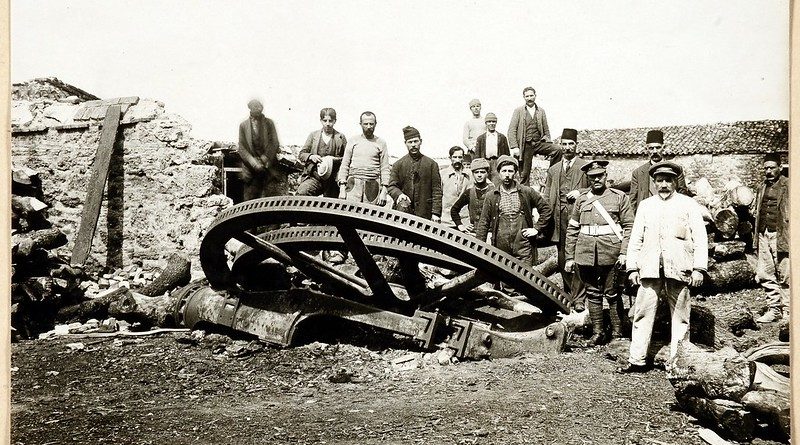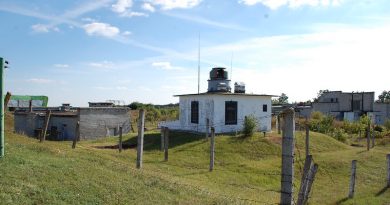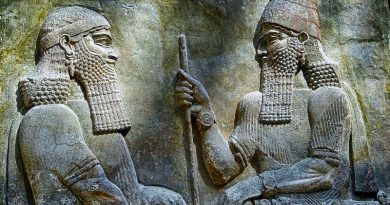The Gallipoli Campaign
The Gallipoli campaign was a First World War campaign which took place on the Gallipoli peninsula in Turkey from February 1915 to January 1916.
Britain, France and the Russian Empire sought to weaken the Ottoman Empire which was Allied with Germany by taking control of the straits that provided a supply route to Russia.
The Allies’ initial attack on Ottoman forts at the entrance of the Dardanelles failed and so was followed by a second landing on the Gallipoli peninsula in April 1915, which was designed to capture the Ottoman capital of Constantinople, modern day Istanbul.
In January 1916, after eight months’ fighting, with approximately 250,000 casualties on each side, the land campaign was abandoned and the invasion force withdrawn. It was a costly and controversial defeat for the Allies and for the First Lord of the Admiralty at the time, Winston Churchill.
The campaign was considered a great victory in Turkey. It is regarded as a defining moment in the history of the state; a final surge in the defence of the motherland as the Ottoman Empire retreated. The struggle formed the basis for the Turkish War of independence and the declaration of the Turkish eight years later, with Mustafa Kemal Attaturk, who rose to prominence as a commander at Gallipoli as founder and president.
The campaign is also often considered to be the beginning of Australian and New Zealand national consciousness; 25 April, the anniversary of the landings, is known as ANZAC Day, the most significant commemoration of military casualties and veterans in the two countries.
On the Allied side 345,000 British (including Indians and Newfoundlanders), 79,000 French, 50,000 Australian and 15,000 New Zealander took part. They were up against 350,000 Turks.
Of the 250,000 Allied casualties, eight thousand Australians lost their lives in the short but disastrous campaign.




